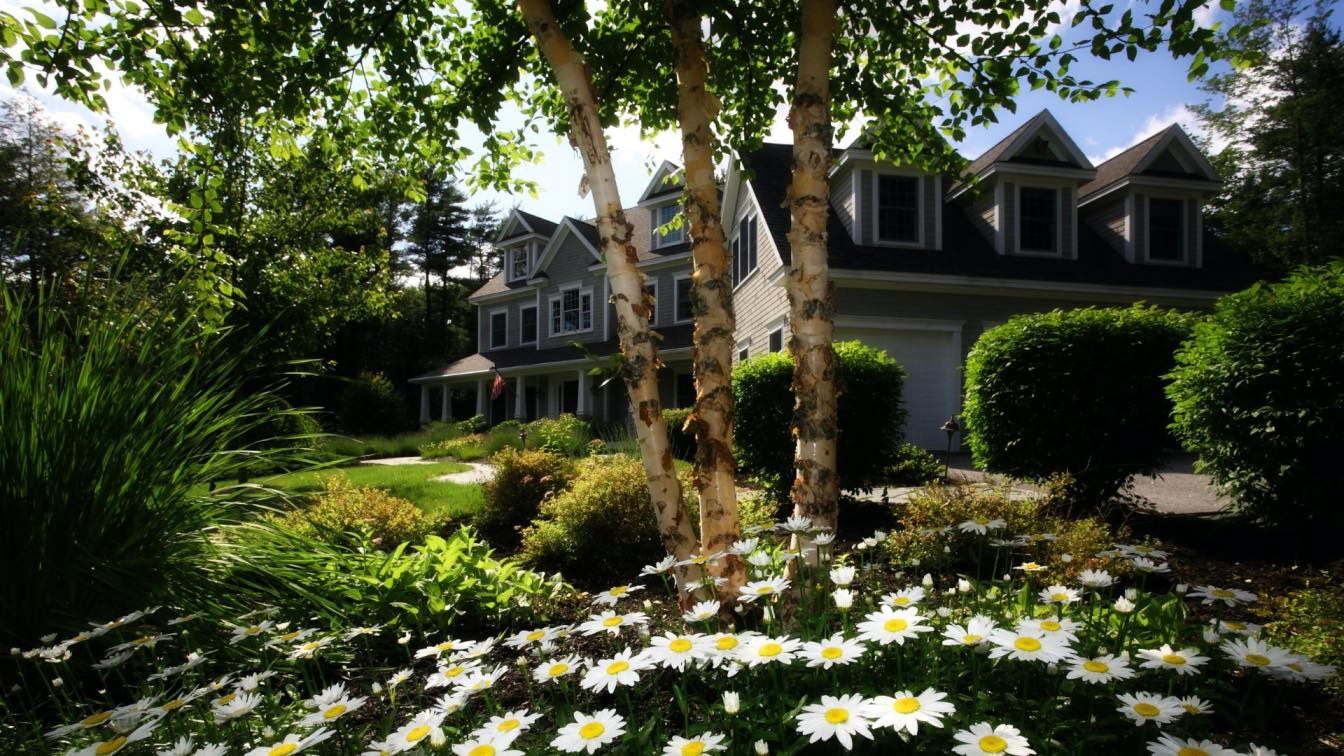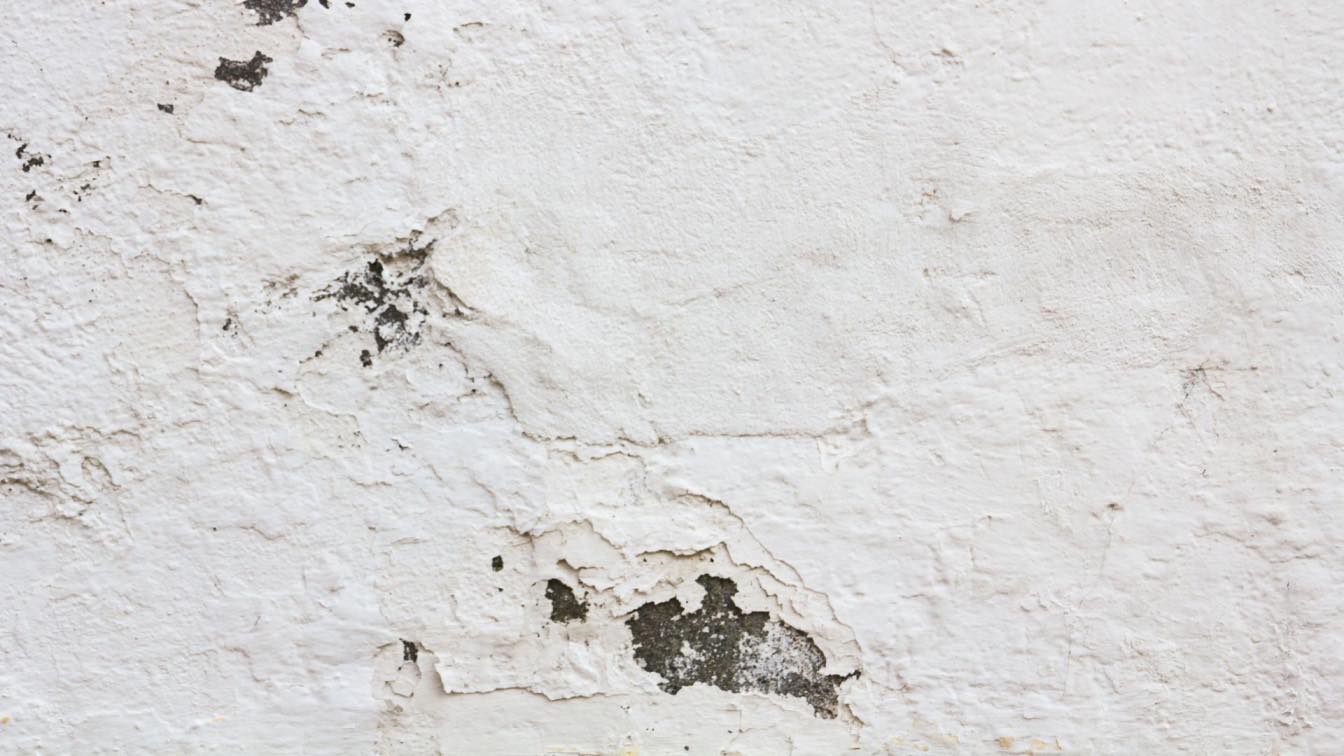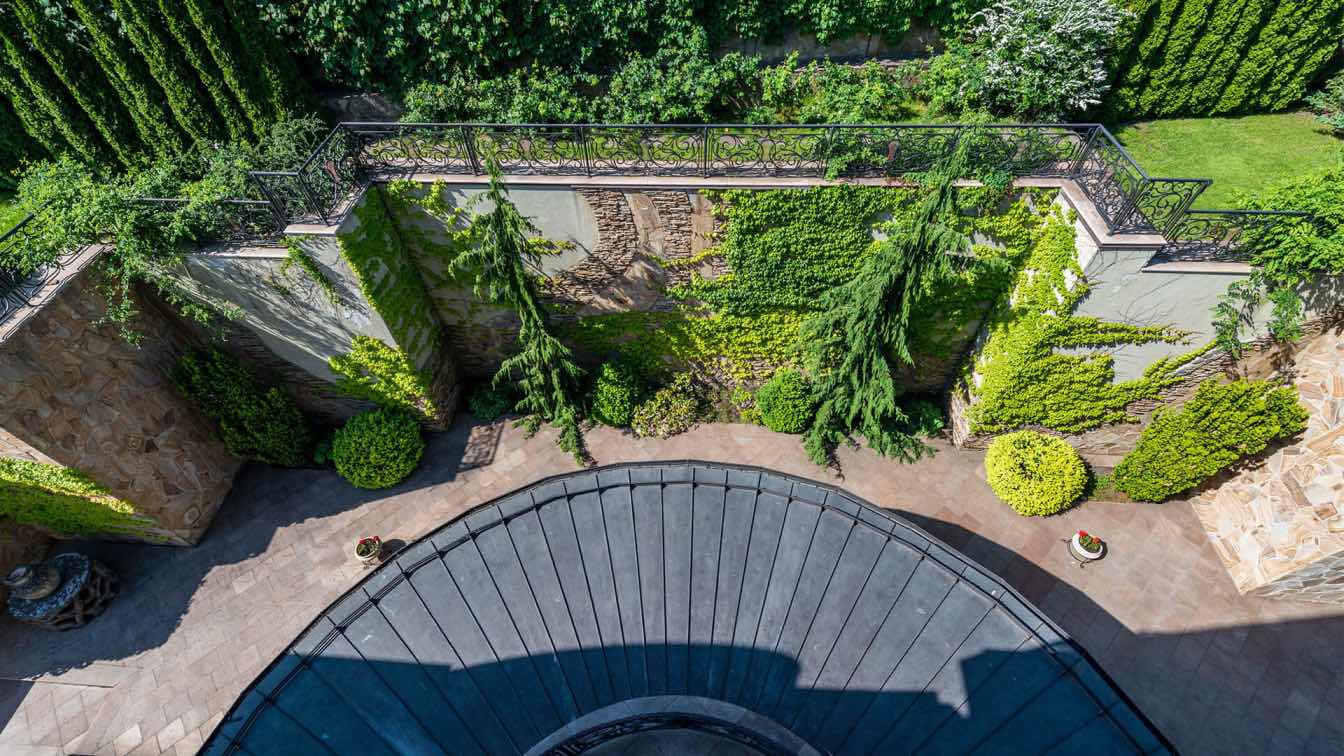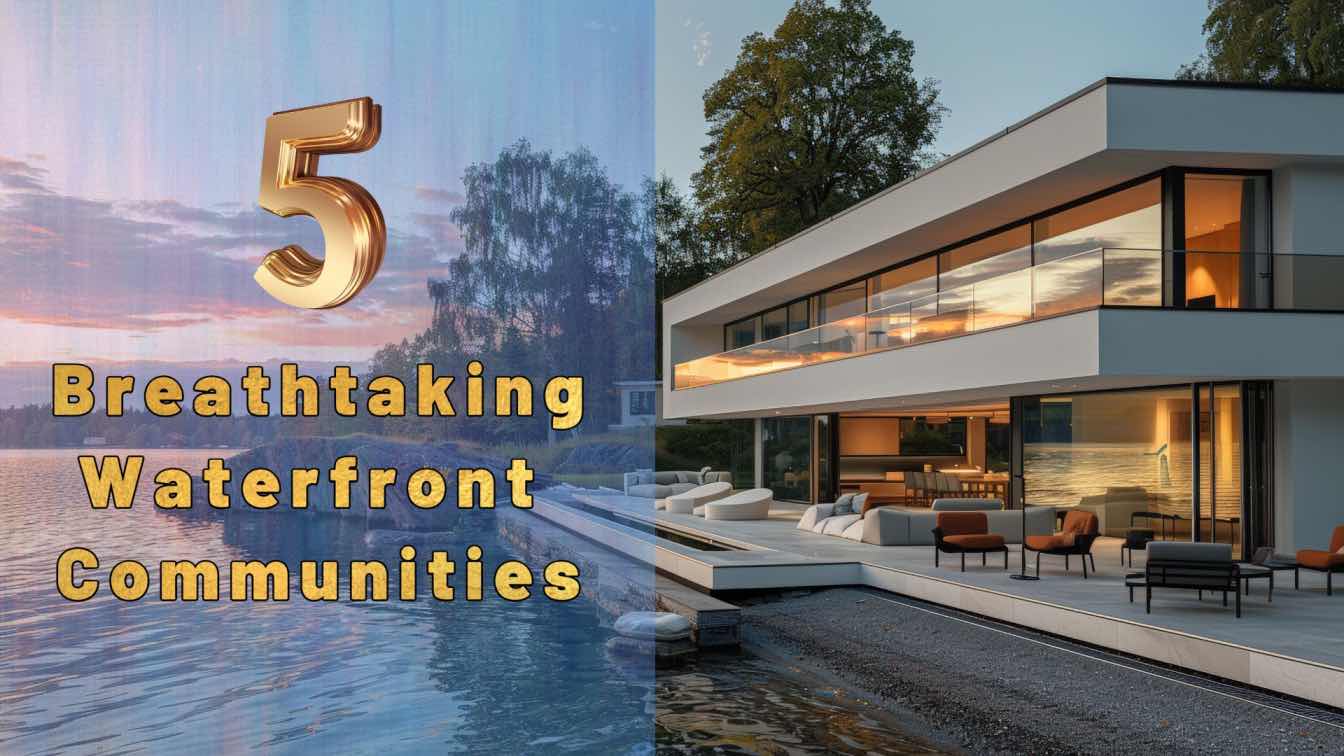In the realm of architectural design, one crucial aspect that is often overlooked but holds immense significance is the incorporation of shade. When envisioning a residential property, architects must not only focus on the structural elements and aesthetics but also consider the vital role that shade plays in enhancing the overall comfort and well-being of the occupants. By intelligently integrating shade into their designs, architects can create spaces that are not only visually captivating but also provide respite from the harsh elements of the sun. In this article, we will delve into the importance of shading for residential properties and explore various strategies to achieve it.
The Importance of Shading for Residential Properties
Reducing Exposure to UV Rays: The detrimental effects of excessive exposure to ultraviolet (UV) rays are well-documented. Incorporating shade elements into residential designs helps protect the occupants from these harmful rays. By strategically positioning shaded areas such as patios, porches, or verandas, architects can provide a refuge from the scorching sun, allowing residents to enjoy outdoor spaces without compromising their health.
Keeping the Property Cooler During Summer: In the warmer months, excessive heat can make a home uncomfortable and energy-intensive to cool. By incorporating shade elements, architects can significantly reduce the heat gain within the property. Whether through thoughtful orientation, external shading devices, or natural elements, such as trees, the integration of shade helps maintain cooler indoor temperatures, reducing the reliance on energy-consuming air conditioning systems.
Reducing the Intensity of Outside Light: A well-designed shading strategy can help regulate the amount of natural light that enters a residential space. By mitigating the intensity of outside light, architects can create interiors that are visually appealing and comfortable. Excessive glare can be particularly problematic in spaces such as living rooms or home offices, where it can hinder productivity and strain the eyes. Integrating window blinds, curtains, or even smart glass technologies can offer residents greater control over the light levels, ensuring a pleasant and functional environment.
Added Privacy: Privacy is a paramount concern for homeowners, and the thoughtful incorporation of shade elements can provide an elegant solution. Exterior shading devices like awnings or louvers can shield windows and terraces from prying eyes while still allowing natural light to filter through. Careful placement of greenery, such as well-positioned trees or trellises, can also create natural privacy screens, enhancing the sense of seclusion within a residential property.
 image © DotcomBlinds Wooden Shade
image © DotcomBlinds Wooden Shade
Ways to Add Shade to a Home
Interior Shading: Window blinds, curtains, and shades are effective ways to control sunlight and add privacy to a home. They come in various styles, materials, and opacity levels, offering residents the flexibility to adjust the amount of light and privacy they desire. By carefully selecting and installing these commercial interior shading options, architects can create dynamic interiors that balance functionality and aesthetics.
Exterior Shading: Awnings, pergolas, and overhangs are popular exterior shading solutions that not only add architectural interest to a residential property but also provide effective sun protection. These structures can be designed to blend seamlessly with the overall architectural style and can be customized to adapt to different weather conditions. By strategically placing exterior shading elements based on sun path analysis, architects can ensure optimal sun protection while maximizing natural light and views.
Natural Shading: The inclusion of nature in architectural design is not only visually pleasing but also highly functional. Trees, shrubs, and other vegetation can be strategically planted to provide natural shading and reduce solar heat gain. Deciduous trees, in particular, are an excellent choice as they offer shade during the summer months while allowing sunlight to penetrate during the winter. Careful consideration of the property's landscaping and the integration of greenery can create an environmentally friendly and aesthetically pleasing shading solution.
Standalone Shading Installations: For homeowners seeking a unique shading solution, standalone installations such as pergolas or shade sails offer versatility and creativity. These structures can be designed as standalone features within a property, providing shade in specific areas such as outdoor seating spaces or gardens. With a wide range of materials and designs available, architects can create customized shading installations that complement the architectural style and enhance the overall ambiance of the residence.
 image © Mosque Prosperity Council of Masjid Pogung Dalangan (MPD)
image © Mosque Prosperity Council of Masjid Pogung Dalangan (MPD)
The importance of incorporating shade into residential architectural projects cannot be overstated. By prioritizing shade as a fundamental aspect of their designs, architects can create spaces that are not only visually appealing but also provide a range of practical benefits. From reducing exposure to UV rays and keeping the property cooler during the summer to regulating light levels and enhancing privacy, shading plays a vital role in improving the comfort and well-being of the occupants. Whether through interior shading options, exterior shading devices, natural elements, or standalone installations, architects have a wealth of strategies at their disposal to achieve effective shade integration. By embracing these strategies, architects can elevate their designs, ensuring that residential properties offer a harmonious blend of functionality, aesthetics, and comfort for their inhabitants.





